If you’re looking for a simple, cost-effective way to manage multiple Raspberry Pi devices across a variety of models and control methods without sacrificing convenience or security, then look no further! Here we’ll explore the concept of workflow management and how understanding it can help maximize your efficiency while keeping your operations running smoothly. We’ll discuss what workflow is, why it’s important to effectively manage workflows in order to realize benefits from automation technologies such as Raspberry Pi, the challenges associated with using these sorts of systems in complex operational settings, and finally best practices that should be applied when managing multiple devices. With this information at hand, you will have all the tools necessary to ensure that your operation runs as smoothly as possible.
Special Peculiarities of a Raspberry Pi
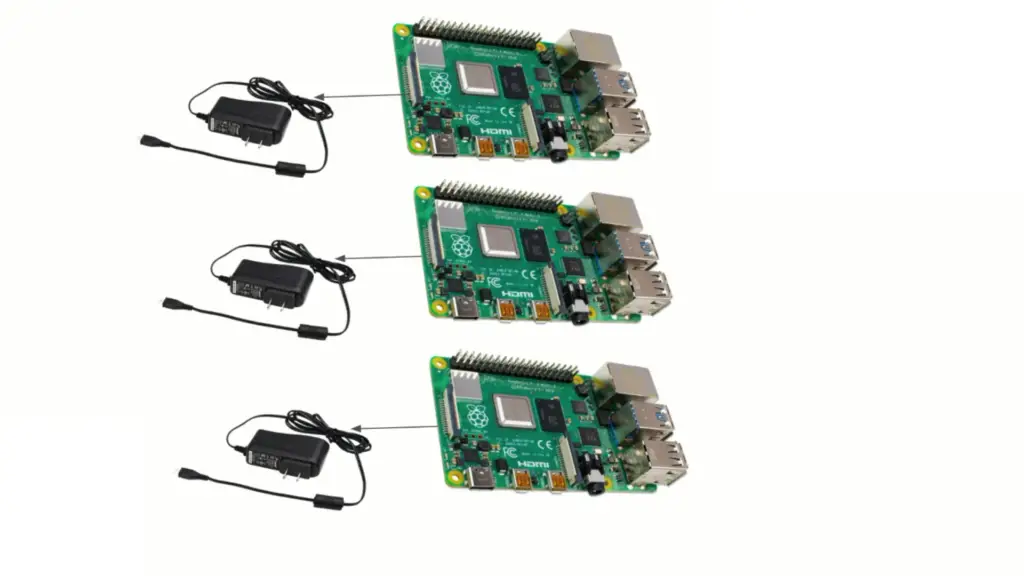
The most unique characteristic of Raspberry Pi is its tiny form factor. It measures 3.35 inches by 2.2 inches and weighs just 40 grams. Despite its small size, it is capable of running a full-fledged Linux operating system and can be used for performing various tasks such as programming, creating projects, or even playing games.
Another interesting feature of Raspberry Pi is its versatile I/O ports. It includes several options like USB ports, GPIO pins, HDMI port, camera interface, Ethernet port, and more. These ports provide users with a great deal of flexibility when it comes to connecting external components or devices.
Furthermore, its low power consumption makes Raspberry Pi usable in many energy-efficient applications. With only 5 watts of power, the Raspberry Pi can be used for long periods without worrying about battery life.
The Raspberry Pi is also highly customizable. With various operating systems, software development kits, and other customizations available through the Raspberry Pi foundation, users have a lot of options to choose from when creating projects or applications for the device.
Overall, it is an amazing mini-computer with lots of unique features that make it ideal for many applications. Its small form factor, versatile I/O ports, low power consumption, and customizable nature make it an excellent choice for anyone looking to create projects or applications. With so many possibilities, Raspberry Pi is sure to remain popular for years to come. [2]
The Benefits of Using a Raspberry Pi
A Raspberry Pi is an incredibly versatile device that can be used for a variety of projects. While most commonly used in the world of computing, it has many other uses as well. Here are some great benefits:
Cost Effectiveness
The cost of a Raspberry Pi is much lower than other computers or laptops, making it an ideal choice for anyone who is looking to save money. As it only requires a small amount of electricity to run, it’s also very environmentally friendly. [3]
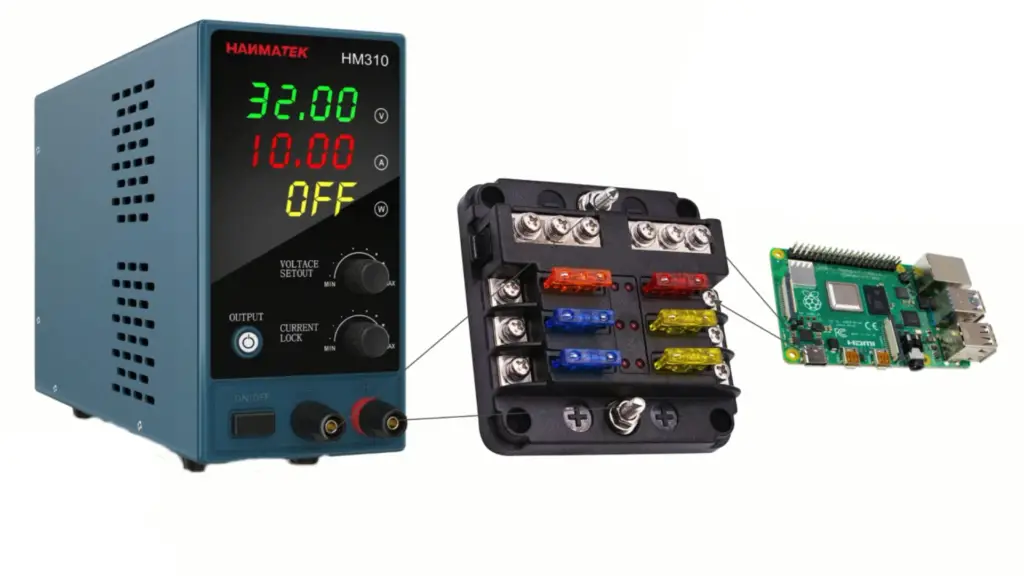
Versatility
It can be used for a wide variety of projects and applications. From creating robots and drones, to building a home media center or developing software programs, the possibilities are endless with a Raspberry Pi.
Durability
The system is designed to be durable and long-lasting. With its solid state design, it can withstand high temperatures, dust, and even minor knocks and bumps without any damage.
Easy to Use
The interface is easy to use for both beginners and experienced users. With a comprehensive user manual available online, setting up and using the device is simple and straightforward.
Security
It comes with built-in security features such as a firewall to protect your data from malicious attacks. It also includes encryption tools to help keep your data secure.
Applications
The Raspberry Pi has a wide range of applications, from creating robots to developing software programs. It can also be used to set up a home media center or to host a website. With the right knowledge and tools, there’s almost no limit to what you can do with a Raspberry Pi.
Community Support
Its community is one of the largest in the world and growing rapidly. This means that if you run into any problems while using your Raspberry Pi, there are plenty of people to help you out. Additionally, there are tons of online resources and tutorials available that can help you get up and running quickly.
By taking advantage of all of the great features that the Raspberry Pi offers, you can create projects and applications with ease. With its low cost and versatility, the Raspberry Pi is an excellent choice for any computing project. [4]
What is Raspberry Pi Used for?
Raspberry Pi is a series of small computers developed in the UK by the Raspberry Pi Foundation. It was designed with the intention of promoting basic computer science education in schools and developing countries, as well as providing an affordable alternative for folks to create simple home automation systems and other projects. [5]
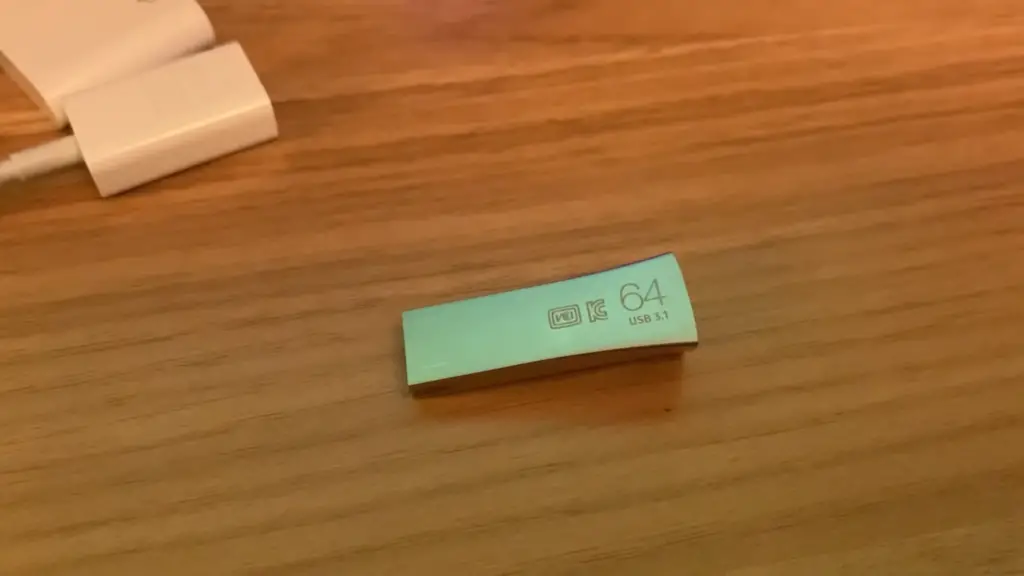
Raspberry Pi can be used for a variety of purposes, some of the most popular being:
- Home Automation – With Raspberry Pi you can easily create your very own home automation system. You could set up lights to turn on and off at different times or even control them from your smartphone.
- Media Streaming – It makes it easy to stream media content across multiple devices. Whether it’s streaming music from your phone to your speakers or watching movies on the big screen, Raspberry Pi offers a simple and affordable solution.
- Education – With its low price point and easy setup, the system is an ideal learning tool for students of all ages. With it you can learn coding basics, create mini-computers, and explore the world of robotics.
- Gaming – If you’re looking for a more affordable alternative to a gaming console, look no further than Raspberry Pi. It can be used as an emulator for retro games and also allows you to play some modern ones with ease.
- Internet of Things – IoT is becoming increasingly popular and Raspberry Pi makes it easy to join in on the fun. You can easily create your own smart devices that can be controlled from anywhere in the world with just a few clicks.
Raspberry Pi is an ideal choice for those looking to get into tech and create their own projects. With its low cost and endless possibilities, Raspberry Pi has revolutionized the world of DIY tech. Whether you’re an experienced programmer or complete beginner, Raspberry Pi could be the perfect tool for your creative ideas. [6]
How Many Devices Does Raspberry Pi Support?
It turns out that Raspberry Pi can support an impressive amount of devices and peripherals. The Raspberry Pi 4 has four USB ports, allowing connection to keyboards, mice, and other devices. It also features a full-size HDMI port and an Ethernet port for network connectivity. Additionally, it supports multiple displays via its two micro-HDMI connectors.
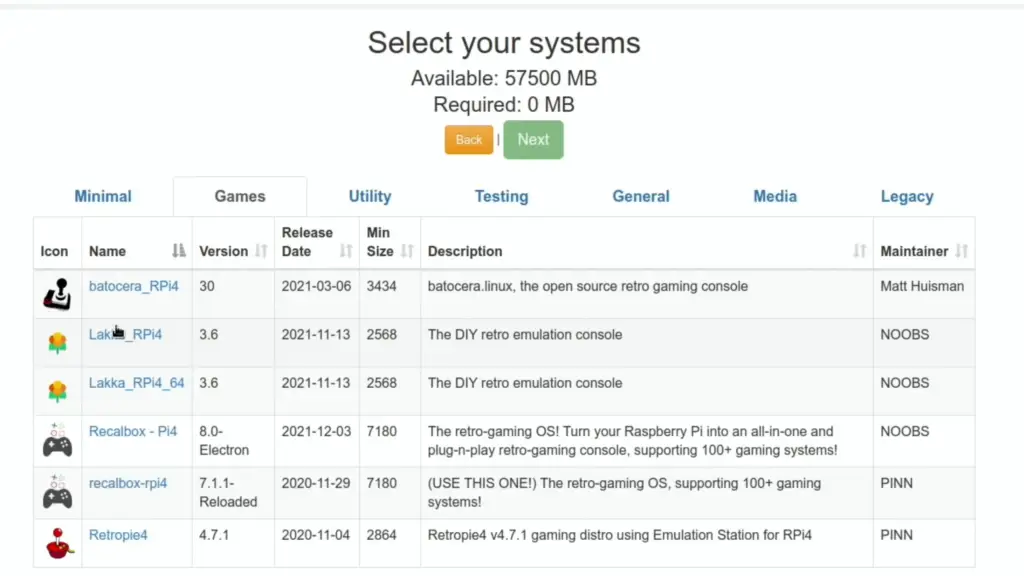
Raspberry Pi also has support for Bluetooth technology, with both 2.4GHz and 5.0GHz Wi-Fi connections available. This means that you can easily connect wireless headphones, game controllers, and other Bluetooth enabled devices to your Pi.
The Raspberry Pi also supports a wide range of sensors, including temperature sensors, motion detectors, light sensors, and more. This makes it ideal for projects like home automation or environmental monitoring.
Finally, Raspberry Pi also comes with general-purpose input/output pins (GPIO). This allows connection to a wide range of external devices, such as LED lights, motors, and other electronic components. GPIO pins can be used for anything from controlling robotic arms to creating a DIY smart home system. [7]
How to Get Started with Raspberry Pi Device Management?
It can be overwhelming to get started with Raspberry Pi since you need to set up and manage the device properly in order to get the most out of it.
The first step is to install an operating system on your Raspberry Pi. You can use the Raspbian OS as it comes preloaded with lots of packages and tools that are beneficial for managing a Raspberry Pi device. Once you’ve installed the OS, you’ll need to configure it so that the Raspberry Pi can be connected to a network. This will allow you to access the device remotely and manage it from any location.
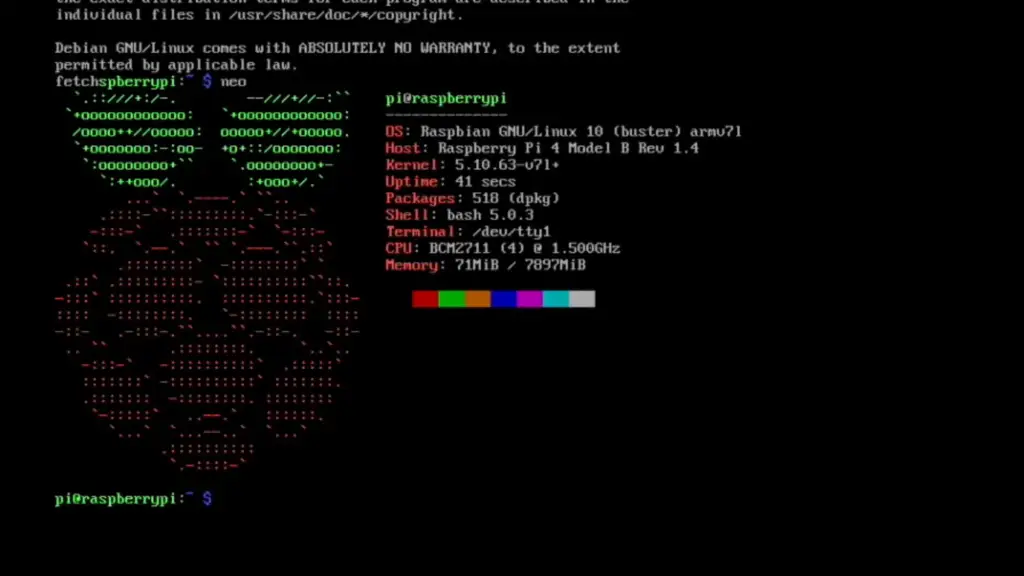
Next, you’ll need to start setting up your services and applications. You can either install packages manually or use automated tools such as Ansible to set up multiple services at once. Automated tools are particularly useful if you’re managing multiple Raspberry Pi devices since they will ensure that all of your applications are running correctly.
Once your services are set up, you’ll need to start monitoring them. This includes keeping an eye on the performance and status of each service, as well as tracking any errors or problems that may occur. You can use tools such as Nagios to monitor the performance of your Raspberry Pi device.
Finally, you’ll want to make sure that your Raspberry Pi is secure. You should always ensure that the device has the latest security patches installed and that any passwords used are strong and regularly changed. Additionally, you can use tools such as Tripwire to monitor the system for any unauthorized access attempts.
By following these steps, you will be able to get started with managing your Raspberry Pi device. With the right tools and knowledge, you’ll be able to create powerful solutions using Raspberry Pi devices that will make your life easier. Now all you need to do is put it into action! [8]

The Best Methods To Manage Multiple Raspberry Pi Devices?
With the popularity of Raspberry Pi devices, more and more people are using them to create a variety of projects. Whether you’re an experienced programmer or just getting started with Raspberry Pi, managing multiple devices can be a challenge. Here we’ll discuss some of the best methods for managing multiple devices so that you can work more efficiently and get the most out of your project.
One way is to apply a server or network-management platform. Using a server can help you keep track of all the configurations and settings for each device, making it easier to update them when needed. Additionally, many platforms offer additional features like scripting so that you don’t need to manually configure each one.
Another way is to use a tool like Ansible. It is an automation and configuration management system that can help you keep track of your Raspberry Pi devices. It allows you to easily deploy applications, configure settings, and run commands across all your devices from a single server.
If you’re looking for a simpler solution, you can use a Raspberry Pi-specific tool like PiHole. PiHole is an open source network-level ad blocker and VPN server that runs on Raspberry Pi devices. It allows you to manage the security of your network without having to manually configure each device.
d you choose, managing multiple Raspberry Pi devices can be a challenge. But with the right tools and strategies, it doesn’t have to be. By using a combination of the methods discussed above, you can ensure that your projects run smoothly and get the most out of your Raspberry Pi devices. [9]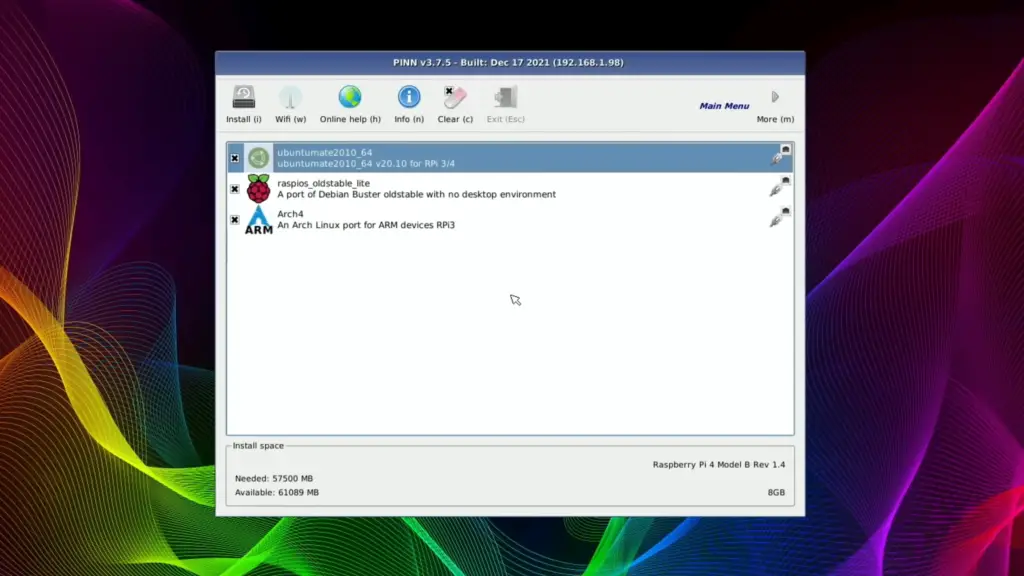
FAQs
Can you connect multiple Raspberry Pi together?
Yes, you can indeed connect multiple Raspberry Pi together. You can do this using a variety of methods such as Ethernet cable, Wi-Fi connection, or even by setting up a local network. By connecting multiple devices together, you can unlock a range of possibilities, allowing for distributed computing and collaborative projects between Pi users.
How many devices can connect to Raspberry Pi?
The Raspberry Pi can be used for a variety of projects and tasks. One of the most popular uses for the Raspberry Pi is as an IoT (Internet of Things) platform, allowing you to connect multiple devices together in order to create sophisticated, distributed networks. But just how many devices can you connect to a single Raspberry Pi? The answer depends on a few factors, such as the type of device you are using and the available ports. Generally speaking, a Raspberry Pi can support up to four USB devices at once, although this number may vary depending on the specific model of your Raspberry Pi. You can also connect multiple devices via network connections such as Ethernet or WiFi.
In addition to connecting multiple devices, you can also use the Raspberry Pi as a server, allowing you to host multiple websites and applications in a single device. This is known as “clustering” and allows you to take advantage of the powerful processing power offered by the Raspberry Pi. If you have multiple Raspberry Pis, it’s possible to connect them together using a technique called “cloning”. This allows you to have two separate Raspberry Pis working together as one, essentially doubling the processing power available.
What’s the point of a Raspberry Pi cluster?
The Raspberry Pi cluster is a combination of several small computer systems connected together to form one large, powerful system. With a cluster, you can easily deploy multiple applications and services simultaneously without having to worry about managing each individual computer. A Raspberry Pi cluster can also provide more computing power than any single Raspberry Pi device could ever have, making it ideal for tasks such as distributed computing, machine learning, and HPC (High Performance Computing).
Not only does a Raspberry Pi cluster provide more computing power, but it also offers scalability. You can easily increase the number of nodes in your cluster for additional performance or reduce them if needed to save costs. A Raspberry Pi cluster is also great for prototyping applications and services before deploying them on larger, more expensive systems.
Can you daisy chain Raspberry Pi?
Yes, it is possible to daisy chain multiple Raspberry Pis together. This is done by connecting them all with Ethernet cables and setting them up as a local network. As each Raspberry Pi has its own IP address, you can access the devices individually through the LAN connection. It also means that data can be transferred quickly and easily between the connected Raspberry Pis. Daisy chaining is a great way to manage multiple Raspberry Pis, as it allows you to control them all from one central location. This can be especially useful when experimenting with complex projects or controlling different devices at the same time.
When setting up your daisy chain network of Raspberry Pis, make sure to check that each device has the proper software installed and is connected securely. Additionally, if you plan to use the devices over a long period of time, make sure to periodically check for any updates or security patches that may need to be applied. This will ensure that your Raspberry Pis remain secure and up-to-date.
If you’re looking for an easy way to manage multiple Raspberry Pi devices, daisy chaining is a perfect option. It allows you to easily access individual devices, as well as quickly transfer data between them.
Useful Video: Super easy Multi boot. Setup a Raspberry Pi with almost any device. Pinn Website.
Final Thoughts
Managing multiple Raspberry Pi devices could be a difficult task, but with the right steps, it’s attainable. Taking the time to fully understand each device and its uses is key to coming up with a plan that works best for your needs. Additionally, investing in quality tech tools can help streamline the process and make it easier and more efficient. Lastly, finding an expert who knows the ins-and-outs of Raspberry Pi systems would be incredibly useful to ensure all the pieces are connected harmoniously. With these tips in hand, you have all the knowledge needed to make sure your flock of Raspberry Pis are running smoothly!
References
- https://www.spiceworks.com/tech/networking/articles/what-is-raspberry-pi/
- https://www.codingninjas.com/studio/library/features-of-raspberry-pi
- https://www.allaboutcircuits.com/technical-articles/10-reasons-raspberry-pi-isnt-a-good-choice-for-commercial-products/
- https://www.pantechelearning.com/advantages-disadvantages-of-raspberry-pi/
- https://www.raspberrypi.org/help/what-%20is-a-raspberry-pi/
- https://www.makeuseof.com/tag/different-uses-raspberry-pi/
- https://www.uugear.com/portfolio/high-speed-7-port-usb-hub-for-raspberry-pi/
- https://qbee.io/raspberry-pi-device-management-comprehensive-guide/
- https://jfrog.com/connect/post/raspberry-pi-central-management-solution/





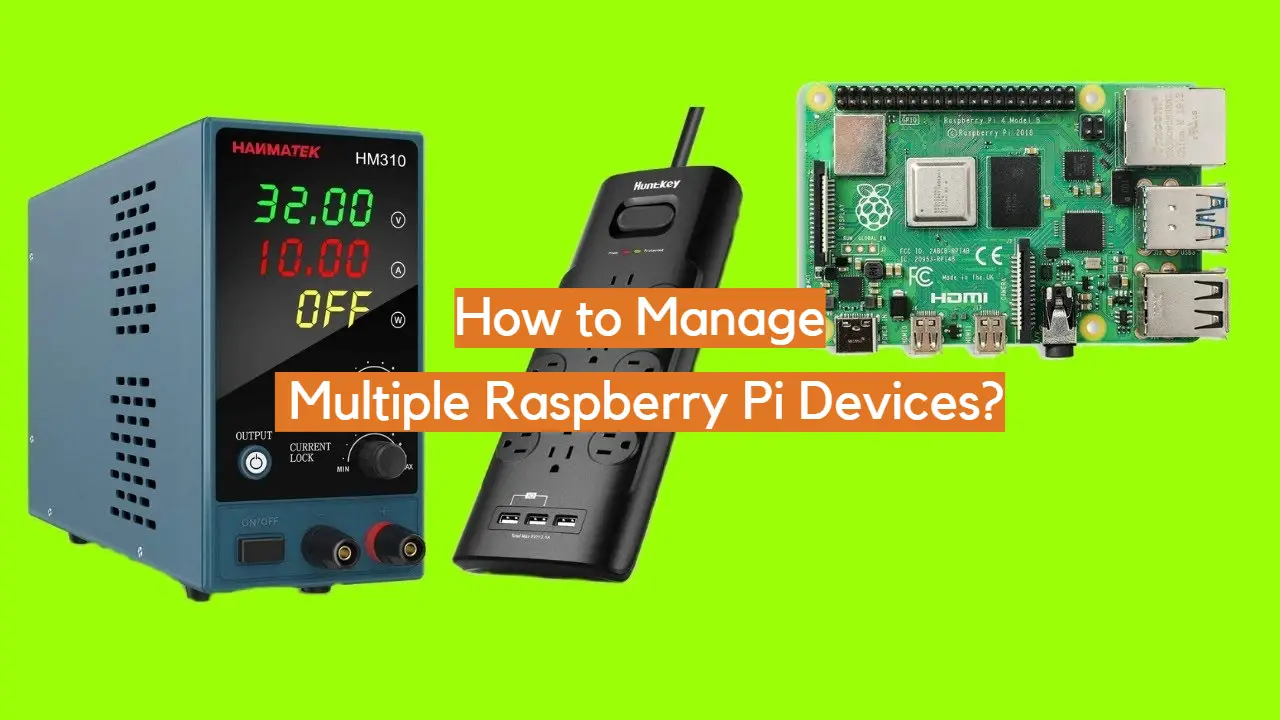







Leave a Reply